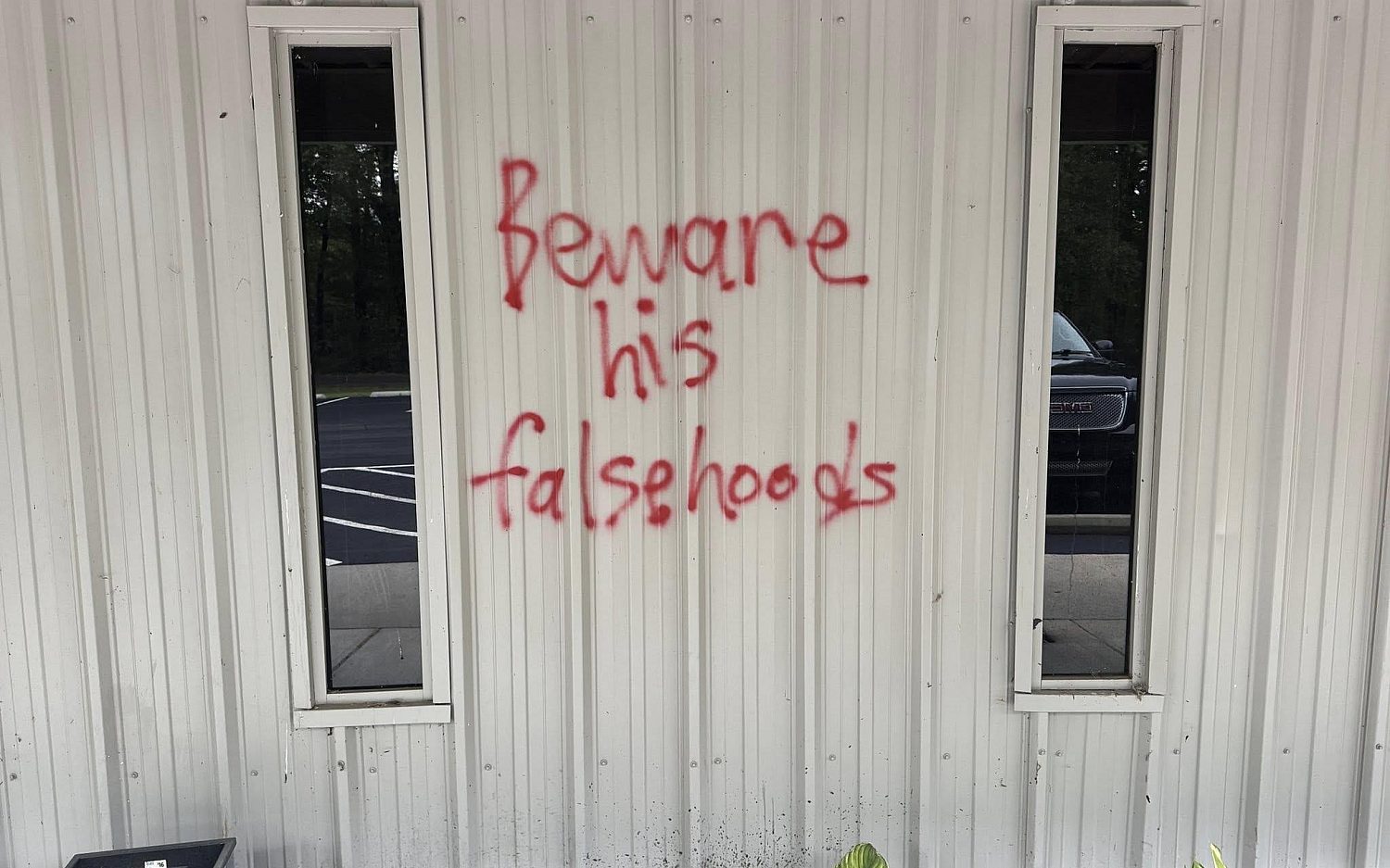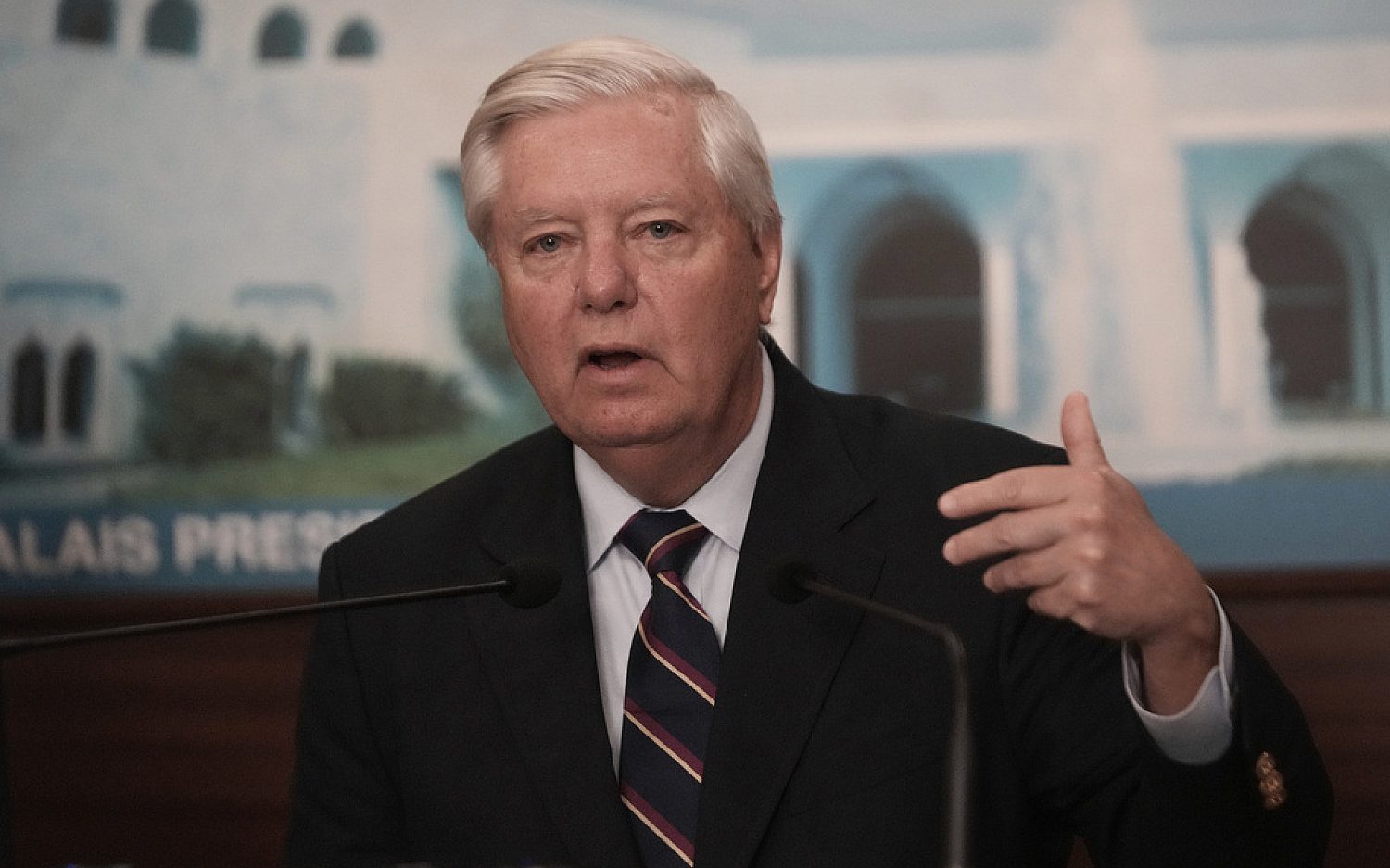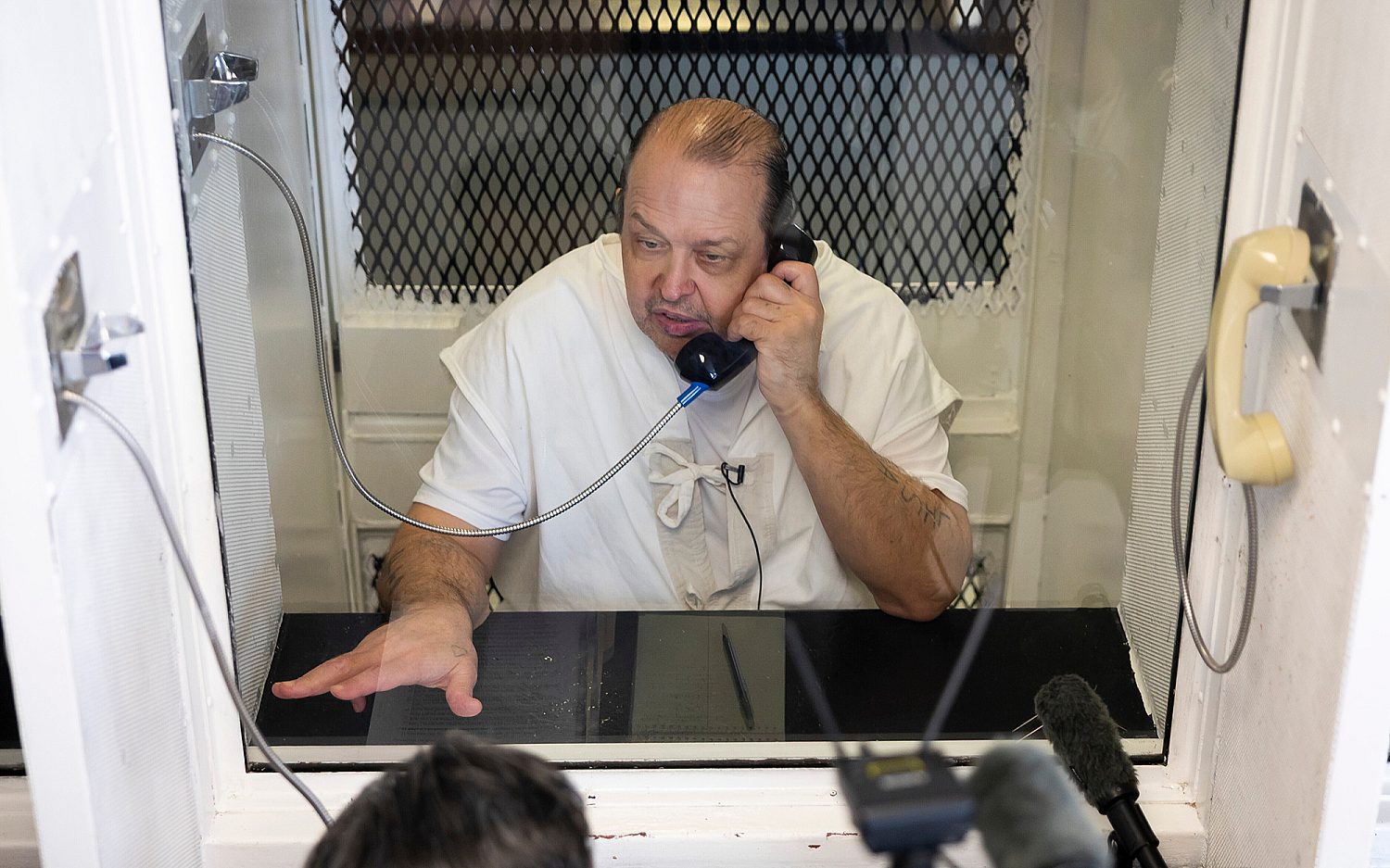Congress heads home
Much work is left undone on Capitol Hill as lawmakers switch to campaign mode as they try to retain their jobs
WASHINGTON—After a five-week August hiatus, members of Congress returned to the nation’s capital on Sept. 10. But this past weekend they adjourned again for another extended break.
The reason for another break after a quick two-week session? Politicians were itching to return home so they could work their magic on voters. That’s not unusual. But this marks one of the earliest times since 1960 that lawmakers have closed up shop on Capitol Hill so they could go fight to retain their jobs.
But before heading into full-time campaign mode, lawmakers performed what they do best in Washington: kicking the can down the road. There will not be an attempt to resolve major budget and tax issues until after the November elections.
Congress did pause long enough before rushing home to pass a stopgap measure to fund the federal government for the next six months. The temporary spending measure was needed before the current budget expires on Sept. 30 because lawmakers could not agree on one of their basic duties: setting a formal yearlong budget. Meanwhile, in speeches on the House and Senate floors last week, the two parties took turns blaming each other for the gridlock on Capitol Hill.
The $1.047 trillion spending level established by the measure is $19 billion higher than the original House budget proposed by Rep. Paul Ryan, now the GOP vice presidential nominee. But that didn’t prevent most Republicans, including Ryan, from voting for a measure that includes an across-the-board domestic spending increase.
Fiscal conservatives spent the last two years mounting an aggressive fight to cut federal spending. But many of them are unwilling to gamble on a government shutdown crisis so close to the November elections. Most Tea Party lawmakers agreed to hold their fire for fiscal showdowns until next year, when Republicans are hoping to have greater power. This temporary retreat is a calculated risk that proves one thing: just how hard it is to actually shrink the size of government.
Not all lawmakers went along with the budget measure and its increases. Tea Party favorite Sen. Marco Rubio of Florida was one of 30 senators who voted against the stopgap measure during the final vote conducted early Saturday morning.
“After four consecutive years of trillion dollar deficits and a $16 trillion national debt, the American people deserve for their elected officials to come together with an action plan to reduce spending and encourage real growth,” Rubio said after the vote. “In order to move America forward, we need Washington to live within its means and stop borrowing money to support a bloated federal government.”
Lawmakers are now slated to experience one of the busiest post-election lame-duck sessions in modern history. With the federal government facing what has been dubbed a “fiscal cliff,” Congress will debate both extending the Bush-era tax cuts (set to end on Dec. 31) and the more than $100 billion in across-the-board spending cuts set to occur Jan. 1 after lawmakers in 2011 could not agree on a more focused deficit reduction deal. (See “Heading for a cliff,” by J.C. Derrick, WORLD Magazine, Sept. 22 issue.)
Lawmakers will face those decisions and—more immediately and more important to them—their own reelection battles as the approval rating for Congress dipped to 13 percent in a September Gallup poll. That’s the lowest it ever has been in an election year. Congress and the White House have passed only 173 new laws. Of course, with a Democratic-controlled Senate and a Democrat in the White House, many conservatives would argue that less is more.
An actual newsletter worth subscribing to instead of just a collection of links. —Adam
Sign up to receive The Sift email newsletter each weekday morning for the latest headlines from WORLD’s breaking news team.





Please wait while we load the latest comments...
Comments
Please register, subscribe, or log in to comment on this article.